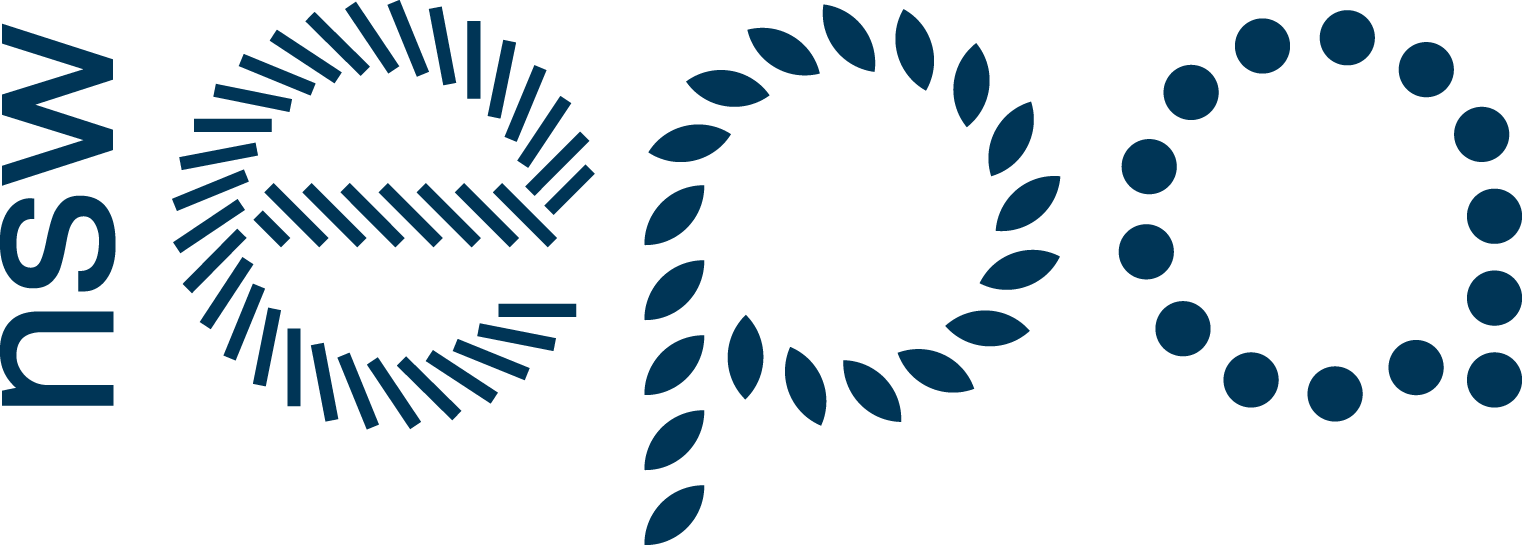Meat off-cuts in landfill can create methane or leach and contaminate ground water. Decomposing meat also creates environments for the growth of bacteria. Instead meat should be diverted from landfill and processed into a range of useful products from animal feed to soap.
Meat Off-Cuts
Meat Off-Cuts includes:
Animal BonesFind a recycler
Why Recycle?
Organic waste such as meat off-cuts in landfill produces methane, a powerful green house gas. Putrescible organics can also produce leachates that can negatively impact on the environment by polluting ground and surface water bodies. They can be high in nutrients, which makes them favourable environments for bacteria and other micro-organisms. Meat off-cuts, fatty tissue and bones can be effectively processed and rendered for used in products such as soap, lard, animal feed and fertiliser in blood and bone.
Recycling Options
Specialised meat recyclers and processors offer waste removal services and will collect off-cuts and bones from retail butchers and abattoirs on a regular basis. Some general organics recyclers will also accept meat for composting use. These are generally pickup services, as the meat must stay clean and uncontaminated during transportation.
What Happens When It’s Recycled?
Meat off-cuts and bone are firstly render – which is cooking to evaporate the moisture and divide the liquid fat from the solid meat and bone. Pressing the hot material then separates the tallow liquid from the cake. The cake is ground to produce meat and bone meal used in stock feed for intensive livestock production, pet food and can also be used as a fertiliser in blood and bone. While the tallow (fat) produced has a range of uses. Edible uses include dripping, industrial margarine and frying fats for the food industry. Tallow is used also in soap manufacturing, stockfeed, pet food or can be further processed into products such as glycerine.
More Info and Sources
NSW Department of Environment, Climate Change and Water
Pridham Organic Recyclers

